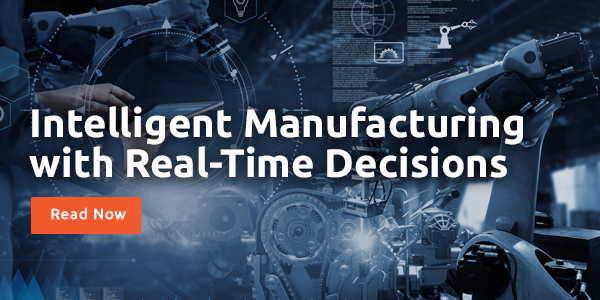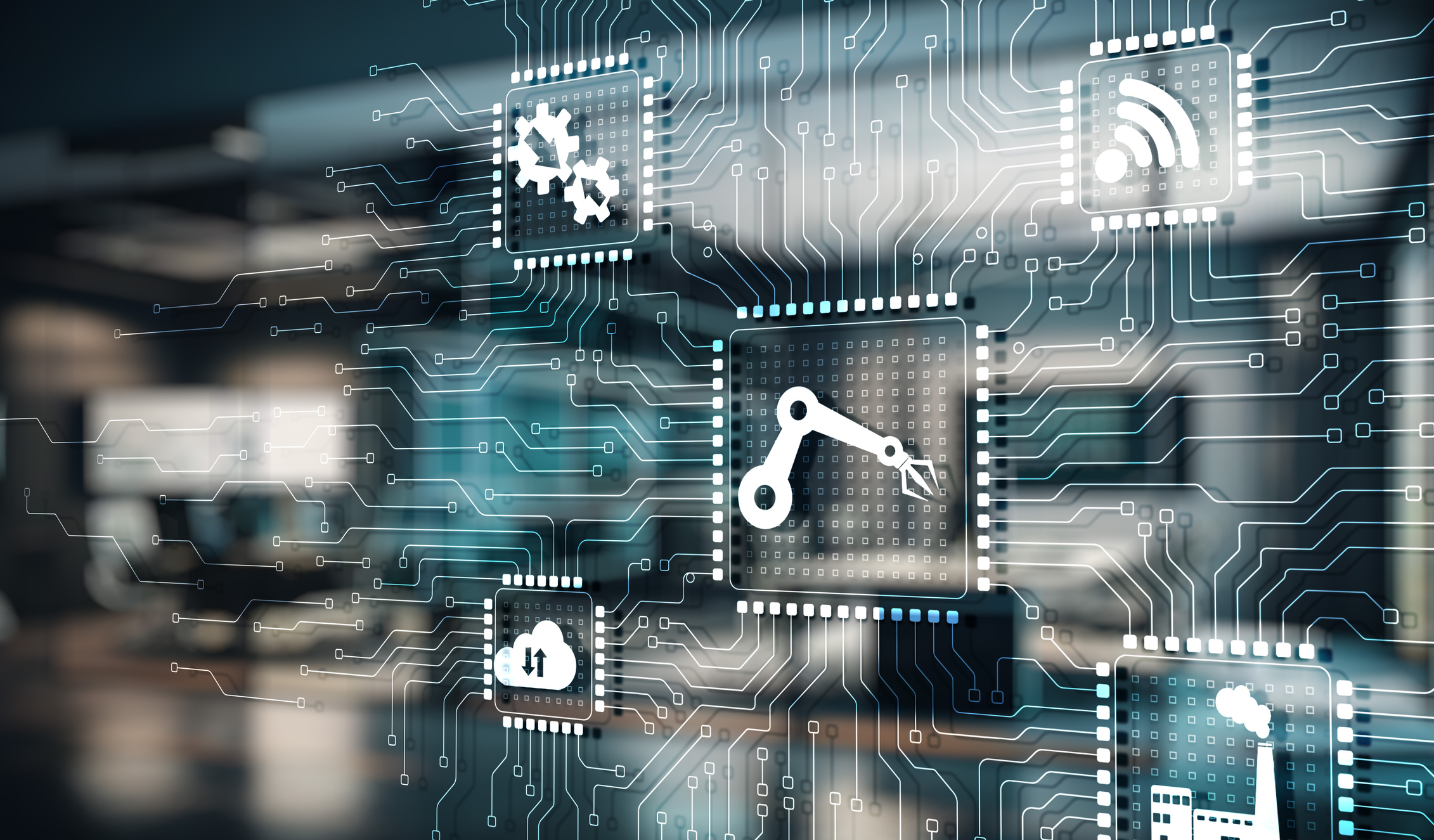Advances in the Industrial Internet of Things (IIoT) and edge computing have rapidly reshaped the manufacturing landscape, creating more efficient, data-driven, and interconnected factories. By 2025, the convergence of IIoT and edge computing will be critical for manufacturers aiming to achieve higher productivity, minimize downtime, and meet the growing demands of Industry 4.0. This convergence promises not only to streamline operations but also to unlock new levels of automation, data insight, and responsiveness.
Read on to explore how edge and IIoT will evolve together in 2025, and how manufacturers can harness this shift to maximize their operational agility, sustainability, and competitiveness.
Table Of Contents
The Current Landscape: IIoT and Edge in Manufacturing
Industrial IoT and edge computing each play distinct yet complementary roles in the manufacturing sector:
- IIoT connects factory equipment, sensors, and devices to collect, analyze, and share data, providing actionable insights that optimize production lines, improve quality control, and facilitate predictive maintenance.
- Edge computing involves processing data locally, near the source of data generation, rather than relying on centralized cloud servers. This proximity reduces latency and enables real-time decision-making.
Today, most manufacturers use IIoT solutions to track and monitor their equipment and production environments, while edge computing primarily serves high-priority applications that require minimal delay. However, these technologies are on a path of rapid convergence as factories scale up their IIoT networks and demand faster, more autonomous decision-making.
The Drivers of Convergence in 2025
The convergence of IIoT and edge computing will be propelled by several key factors:
1. The Need for Real-Time Analytics and Automation
With increasing complexity in manufacturing operations, real-time decision-making is essential. By 2025, more manufacturers will use edge computing to power IIoT devices, allowing them to process data, analyze trends, and respond to anomalies instantaneously. This shift will enable more autonomous and dynamic systems, reducing human intervention and enhancing efficiency. It will also allow for powerful money-saving things like preventative maintenance.
2. Increasing Data Volumes
As manufacturers implement more sensors and devices, the volume of data generated on the factory floor will grow exponentially. Edge computing will process and filter this data before sending only the most relevant insights to the cloud, making large-scale IIoT deployments more feasible and reducing cloud storage and bandwidth costs.
3. Enhanced Cybersecurity Requirements
Cyber threats targeting industrial environments are on the rise, making security a top priority for manufacturers. Edge computing can help by keeping sensitive data processing local to the facility, reducing exposure to external networks. IIoT systems can use edge devices to ensure that sensitive operational data remains secure on-premises, thereby protecting critical infrastructure.
4. Growth of AI-Driven Manufacturing
The deployment of AI models for predictive maintenance, quality control, and anomaly detection will also drive the convergence. Edge computing allows manufacturers to run these models on-site, enabling rapid response to issues and minimizing production delays. By 2025, expect manufacturers to leverage edge-based AI in tandem with IIoT for even more accurate and proactive management.
Benefits of Edge and IIoT Convergence for Manufacturers
As these technologies merge, manufacturers stand to gain significant benefits:
- Reduced downtime and maintenance costs: Real-time data processing and AI-driven insights will minimize unplanned downtime. With predictive analytics at the edge, machines can be monitored continuously for early signs of wear, allowing for timely maintenance without interrupting production.
- Improved quality control: Edge-enabled IIoT devices can instantly detect quality issues, enabling immediate adjustments to prevent defective products from reaching the next production stage. This capability reduces rework and scrap, leading to cost savings and better resource utilization.
- Lower latency and greater reliability: Edge computing’s localized processing enables immediate responses, reducing latency and improving system reliability. This is especially beneficial in environments where production continuity is critical, such as automotive or food and beverage manufacturing.
- Scalability and flexibility: Manufacturers will have more flexibility to scale their IIoT networks without overburdening their centralized IT infrastructure. Localized edge processing helps reduce cloud dependency, making it easier to add new devices and applications as operational needs evolve.
Use Cases of IIoT and Edge Convergence in Manufacturing
In 2025, we’ll see the rapid development of various use cases for this convergence across industries:
- Smart equipment monitoring: Edge computing and IIoT will play an increasingly critical role for smart utilities. sensors on equipment can collect, analyze, and act on data locally, creating a self-monitoring machine. When anomalies are detected, the system can make adjustments without requiring human intervention or cloud communication, enhancing equipment reliability and lifespan.
- Autonomous guided vehicles (AGVs): AGVs, often used in warehouses and large manufacturing facilities, will benefit from edge-enabled IIoT capabilities, allowing for quicker response times, obstacle detection, and route optimization. Edge computing helps process AGV sensor data in real time, enabling safe and efficient navigation.
- Energy management systems: Convergence will enable more sophisticated energy management strategies by tracking energy consumption and adjusting usage based on production needs. Local processing ensures that changes can be made swiftly to minimize energy waste, an essential factor as manufacturers aim for sustainability goals.
Preparing for the Future: Strategies for Manufacturers
Manufacturers looking to leverage the convergence of IIoT and edge computing in 2025 should consider the following steps:
1. Assess your infrastructure
Evaluate your current IIoT network and identify areas where edge computing could add value. Assess factors like network latency, cloud dependency, and data sensitivity.
2. Invest in scalable edge solutions
Partner with edge solution providers that offer scalable platforms, allowing your business to grow and adapt its capabilities as needed. Opt for edge solutions that support real-time processing, data filtration, and security protocols.
3. Embrace AI and machine learning
Ensure your team has the resources to implement and maintain AI-driven insights at the edge. AI models will become crucial for predictive maintenance, quality control, and other applications that benefit from rapid, localized data analysis.
4. Prioritize cybersecurity
As you converge your IIoT and edge networks, establish security protocols that protect sensitive data. Choose solutions with built-in security features like encryption, identity management, and local threat detection to safeguard your data.
Conclusion
By 2025, the convergence of IIoT and edge computing will transform manufacturing, unlocking new efficiencies and enabling a more agile, responsive, and autonomous production environment. As data-driven decisions happen faster and more locally, manufacturers will be better equipped to meet the evolving demands of Industry 4.0 while also achieving their sustainability, quality, and operational goals.
For forward-thinking manufacturers, now is the time to prepare for this shift, investing in scalable edge solutions, integrating robust AI models, and securing their networks to fully leverage the potential of edge-enabled IIoT. The factories of 2025 will be smarter, safer, and more efficient—a testament to the powerful synergy between edge computing and the Industrial Internet of Things.




